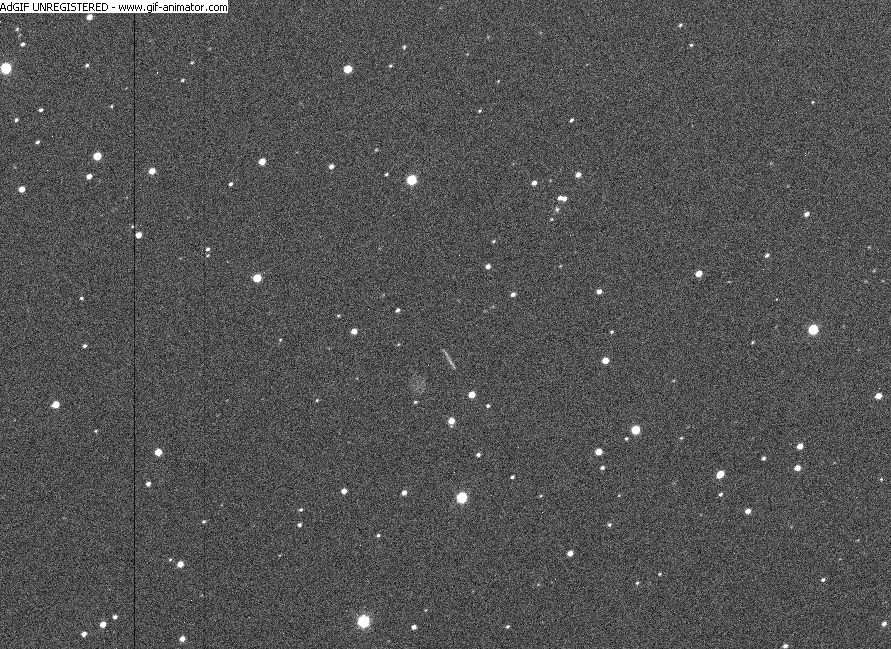S
silylene
Guest
MeteorWayne":3trhqvep said:silylene":3trhqvep said:On 2010 RF12, JPL now listing it as PS = -3.67 cum (2.2% chance of collision!), while NEODyS has removed it from the danger list. It is rare the two simulations disagree to this degree. The object is very small, this may be the reason why (NeoDys figures it would burn up anyways with no damage?).
Nope, here's why, from NEODyS:
"In this page we list all the asteroids for which possible impact solutions, compatible with the existing observations and in a time span from nowadays till 2080, are known, although we are now extending our monitoring to 2090"
All the potential JPL Sentry Impactors are from 2095 to 2110, outside of the NEODyS calculations.
MW
Ah-ha. So it may get re-listed in 10-15 years.



